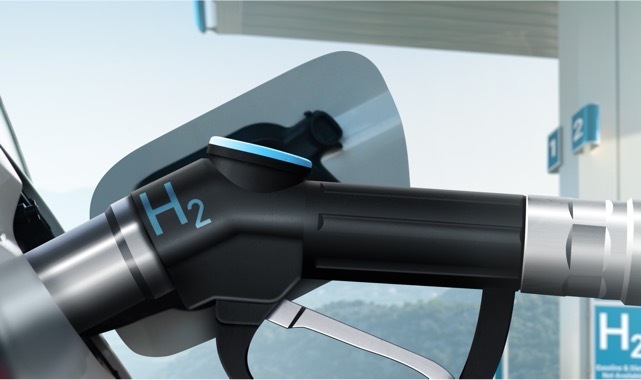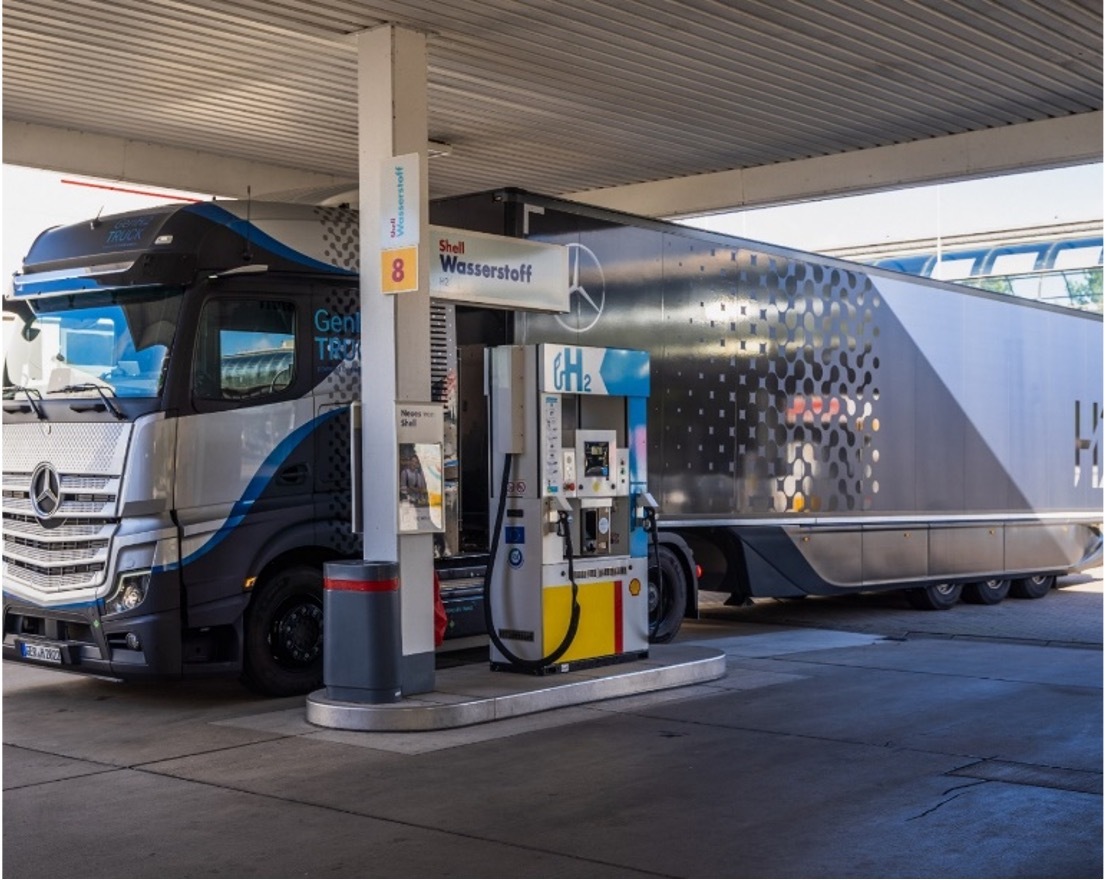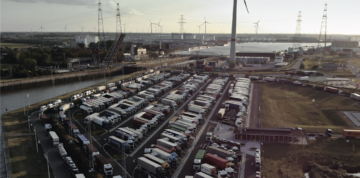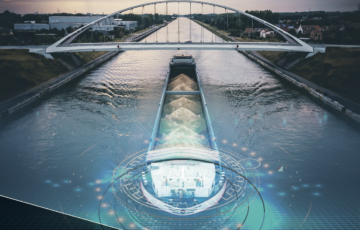The Next Normal: Driving Mobility Futures

Let’s take a moment and travel back to the year 1997. “Titanic” premiered in the US, Princess Diana and Mother Teresa died, and we were listening to the first MP3s while feeding our Tamagotchies. And not to forget: BWT started researching and investing in the H2 economy.
Now, in 2024, BWT FUMATECH is one of the world’s leading suppliers of proton exchange membranes and the corresponding membrane production technology, making it a player-to-watch in hydrogen power.
We cannot be sure precisely how the mobility of the future will develop, but one thing is certain: It will be different from what we mostly have today, and fuel cells will feature prominently. Faster, smarter, and greener: Hydrogen has already become an indispensable part of our future (energy needs) and is also gaining ground in the present. For instance, they can be used for the stationary case of energy and heat generation in houses, in transport applications, and for portable devices. Moreover, the application potential of fuel cells is key to success in the automobile sector.

So, the future of mobility is already here, driven by BWT FUMATECH.
Given the fact that the age of the electric car is upon us, manufactures and legislators alike have been pushing green mobility. Over the next few years, 89 European municipalities are set to invest roughly 1.8 billion euros in fuel cells for city buses, cars, and vans, in electrolysers for hydrogen production and in combined heat and power plants. The prognosis for this technology indicates that hydrogen, as a basis for a clean form of energy production, has one of the greatest impacts on countering climate change.
Which leads to the burning question: What are fuel cells cars?
Fuel cells are basically power plants that generate electricity from a chemical reaction between hydrogen and oxygen. Fuel cell cars are essentially mini power stations. The membrane fuel cell or PEM fuel cell (polymer electrolyte membrane) is often used and with great success. The heart of this fuel cell is a high-performance membrane produced by FUMATECH. A chemical reaction occurs that converts the hydrogen into electrical energy in the fuel cell, which then powers the vehicle. Hydrogen and oxygen combine in the fuel cell and that’s how energy is produced. The only waste product emitted during this process is water.

In other words: Fuel cells generate energy while hydrogen and batteries store it.
It could finally be time for the lightest element to power transport. A new dawn for hydrogen mobility in Europe is set: Last year, the European Union reached an agreement for the development of a hydrogen mobility ecosystem. With hydrogen stations every 200 kilometers on major roads, we all have a positive sign to push forward BWT’s pink mission to sustainability. The European Union is not alone in its support for hydrogen mobility: The USA and China both invest in climate funding, and Australia’s future vision is to have all new heavy vehicles use renewable fuels by 2040. These programs, in addition to those of Japan, South Korea, and other countries, include hydrogen mobility in the same way. The role of hydrogen will grow in the green energy system of the (near) future, as it can be produced from renewable energy and be stored and used in many areas – according to demand. Fuel cells consequently become major players, too.
BWT FUMATECH shares the vision of making a sustainable contribution to energy generation and formed a joint venture with the US-based global chemistry company “The Chemours Company”. “THE Mobility F.C. Membranes Company” supplies fuel cell and humidifier membranes globally, enabling downstream customers to accelerate conversion to green, hydrogen-powered heavy-duty transportation, driving green goals and sustainable policy frameworks in the E.U., the U.S. and around the world. "With this joint venture, we of course have a grand vision of accelerating the availability of resources necessary to empower more people, industries, and businesses to fully embrace a cleaner future," explains Andreas Weißenbacher, CEO of BWT.
Twenty years after the first public hydrogen station opened, and 27 years after BWT started researching and investing in the single most abundant substance in the universe, it’s time for the lightest element to power transport.
Latest insights & stories

SUSTAINABLE LOGISTICS
The Vision on Freight Transport sets out Flanders’ ambitions for making logistics more sustainable. The overarching goal is to remain an accessible region and build a safe transport system that has the least possible impact on the environment and climate. When we do this, it is crucial that we move towards more environmentally friendly and energy-efficient modes. To do this we draw on our own knowledge and experience, but we also welcome international expertise.

Proximus NXT's view
Co-creation is the process of partners joining forces to create value together. However, all too often the focus of co-creation is still on the process itself. And that puts the brakes on creativity and innovation. According to Tania Defraine, Telco & Platforms Practice Lead at Proximus NXT, the true benefit of co-creation lies in the human aspect. In other words: in the company culture.

SMART SHIPPING
With a navigable waterway network of over 1,000 km, inland navigation in Flanders is an interesting alternative to road freight transport. With Smart Shipping, we want to improve the efficiency of that inland shipping network. Data sharing, logistics innovation and vessel automation are a core part of this. Our waterways and the inland waterway transport do not stop at our Flemish borders. That is why working with our international partners is essential.